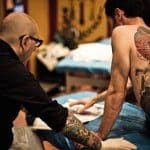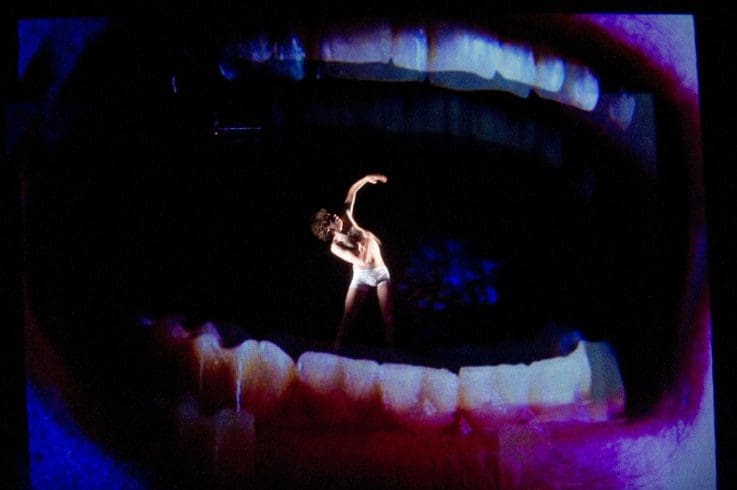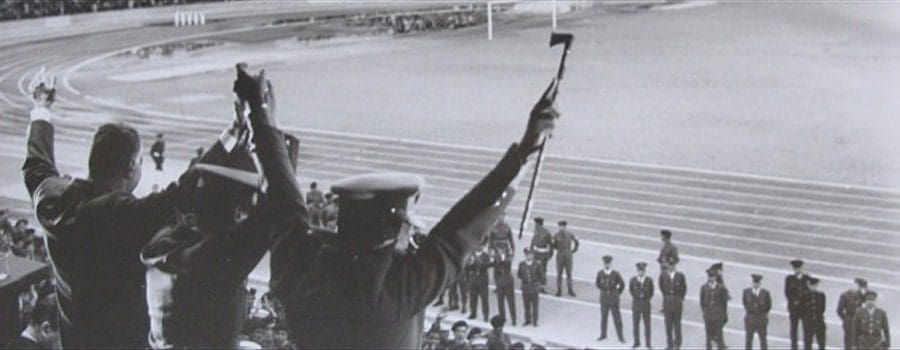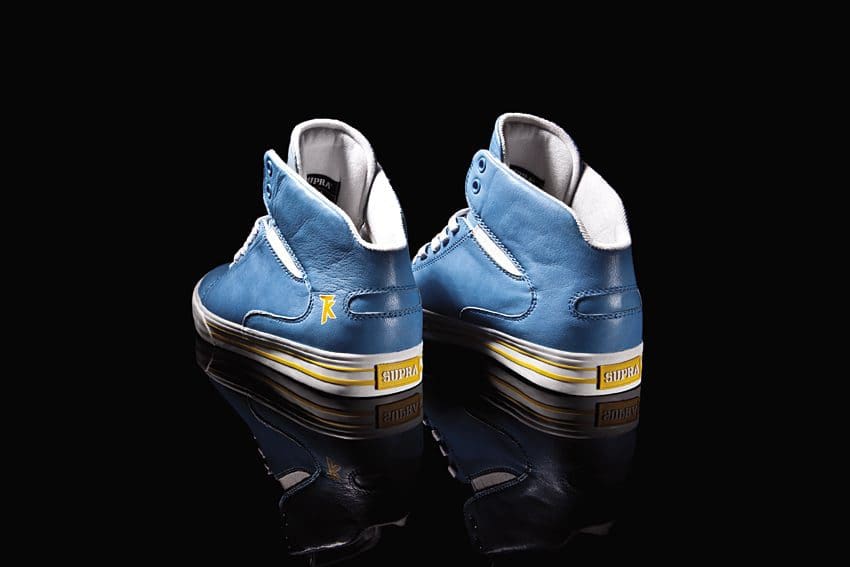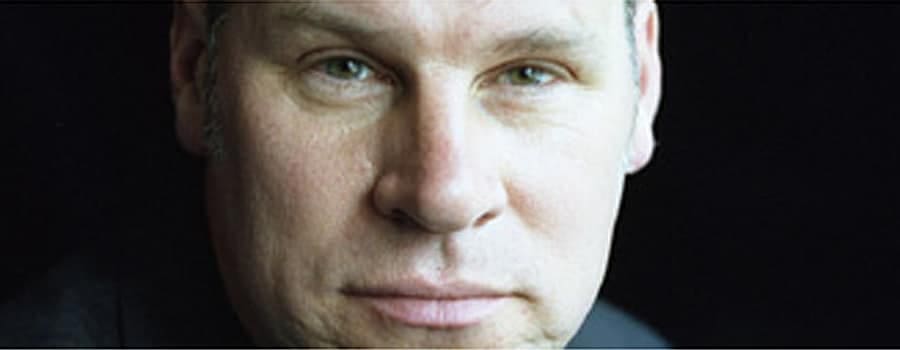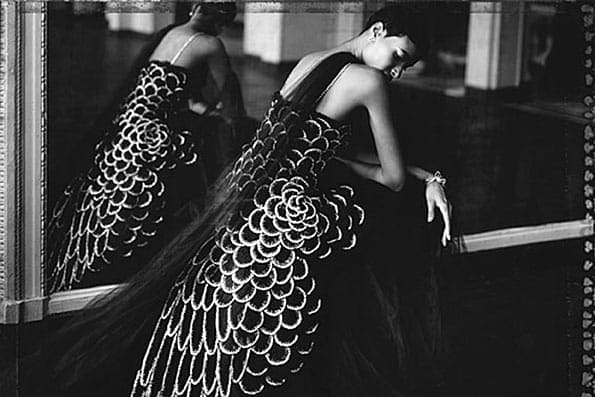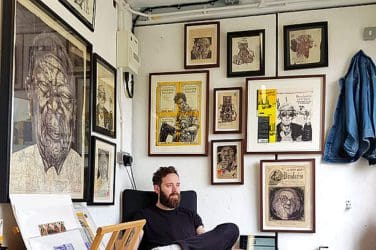Mo Coppoletta is a London tattoo artist, a Verona born true master of the tattoo craft. He’s now in such demand that you could wait up to a year to get him to do work on your body – the wait, I can testify, is worth it.
After time served obsessing about tattoos, and then under the stewardship of others, he eventually broke off on his own to start ‘The Family Business’ tattoo parlour in 2003.
“Skull and cross bones used to be for the rejects and the metal heads. These days you see them on baby clothes,” he says.
Regardless, to be a tattooist there is still only one route – the underground path.
“It’s the one thing that’s remained uncontaminated … although I’m sure there’s some big schools of tattooing going to start very soon,” he says.
In a general sense there’s an obvious symbiotic relationship with the music industry, but a stark fact separates the two when you get down to brass tacks.
“Big cats jump in [to music] because you can duplicate it. Tattoos you need to do them one by one, by hand,” he says. “It’s not a t-shirt and it is not a record.”
Yet Mo’s cultural foundations are embedded in rock (and pop).
“I started with Otis Redding; and there’s always been a big underground garage scene in Italy – I’m talking Nuggets and Back From The Grave type of thing,” he says.
The influence on his tattoo work is not direct. He explains: “Maybe striving for something that is not mainstream; that is a bit dark and exclusive – because everything [culturally speaking] is being slaughtered; mods, skins et al the fashion designers took all that.”
Mo now has a long list of sacred things from his own world that have popped their heads above the parapet, got overexposed and poof: icons, songs, symbols and passions become everyone’s play thing for just one season – Iggy Pop advertising insurance the latest addition.
Experience, not art, has given Mo the skills he needs.
“It is hours under the belt. It’s called working your arse off,” he says.
Pretenders and illustrators need not apply to join the club. People often approach him with tales of being good at drawing and ask if he thinks they can become a tattooist too.
His rather sardonic view is, “It’s like saying I always wear trousers, can I become a tailor?”
He’s not saying you don’t need to be able to draw correctly to be a tattooist, but to be one of the best it’s only a start.
“You can be an average tattooist who just reproduces images that you can find in catalogues – like people who draw paintings on sidewalks,” he says. These are the people that dominate the landscape and rarely cross the cultural divide into producing work that defines them.
“Tattooing is a big refuge for a lot of people who had a little bit of talent to give themselves a purpose in life,” he says.
Leaving ‘The Family Business’ with Mo’s ink on your skin, you can be assured that aficionados will see the bespoke, custom elements of a modern originator.
“Your artistry. Your technique. The work people wanted,” he says.
This takes time and expectations can sometimes be a little unreasonable.
“People don’t understand that. They [now] think they can go in like it’s Miami Ink [TV show] environment and get a full back piece in two hours,” he says.
Walk into his baroque, Catholic iconography heavy (but guilt free) emporium at anytime and you’ll usually hear this smartly dressed, ebullient man, laughing with, and cajoling, his team with an abundance of energy and enthusiasm behind the dresser screens that separate the punters from the inking. Or maybe you’ll catch him enjoying a moment of banter with his fifties wingman and shop manager-cum-actor Dave. From inception, to conception and execution – Mo and his crew are there for you and it sure feels good.
“It still keeps the charm of a craft shop; of work you do with your hands. That’s why I’m very dubious about art forms that are just linked to ideas and don’t require a good dose of craftsmanship,” he concludes before taking a broad sword to Jackson Pollack and Damien Hirst.
Tattooed by The Family Business is out now by Pavillion Books. See www.thefamilybusinesstattoo.com
by Stuart Wright





